It’s that time of year when people take all possible measures to save more money on taxes. One of the chief ways to minimize taxes, both for 2021 and going forward, is to strategically use charitable giving — which the IRS encourages. Comprehensive financial planning in Libertyville, IL, includes this tax strategy!
First, let’s review the simple specifics on charitable giving and taxes:
- If you don’t itemize, you can deduct up to $300 in charitable giving (1) to a 501(c)(3) organization ($600 for a couple).
- However, if you do itemize, you can potentially give and deduct much more. In general, folks who itemize their deductions can deduct up to 60% of their adjusted gross income (AGI) if the charitable contributions are given in cash.
It’s also prudent to think outside cash. People can also give appreciated long-term assets to qualified charities directly, rather than converting them to cash and then donating. Long-term appreciated assets can be stocks, bonds, real estate, or shares in a private business held longer than one year. Up to 30% of your AGI given to charity this way is tax-deductible.
Finally, you can give even more when you file for the calendar year 2021 taxes – up to 100% of your AGI in eligible cash contributions is tax-deductible for 2021 only. The reason is tax changes intend to help communities through the Coronavirus Aid, Relief, and Economic Security (CARES) Act, which for this specific use are in effect through 2021.
With this in mind, here are ways to maximize your tax benefits through charitable giving. Another helpful read: 2021 Best Tax Planning Strategies For Retirees In Libertyville, IL.
1. Bunch your cash contributions in one year
As the standard deduction is now $25,900 for married couples filing jointly (2) and $12,950 for single filers, considerably higher than it used to be, itemizing deductions is no longer as widespread as it once was.
However, it’s possible to bunch your contributions in one year, to exceed the standard deduction. This can be a desirable strategy if you’ve had a particularly high-earning year due to bonuses or commissions, have done well in the stock or real estate markets, or have vested in stock options.
2. Contribute long-term assets directly
Contributing long-term assets directly can be a tax saving in several ways. First, of course, you can contribute up to 30% of your AGI in most years. (Long-term appreciated assets are generally deductible at their total market value, FMV.)
Second, you save on capital gains taxes because you generally will not have to pay capital gains tax on any appreciated long-term asset you donate to a qualified charity.
It’s worth noting that long-term appreciated assets can be publicly traded or private. If you own a business, you can also donate private shares of it to charity. This can be an excellent strategy to reduce the value before a sale and save on taxes and proceeds once sold.
3. Combine cash and long-term appreciated securities
Another effective way to manage your taxes is to combine cash and long-term appreciated securities. Don’t think your contribution has to be one or the other; it doesn’t.
Again, this can be particularly effective if you’ve had high earnings in the year, received assets like stocks as a bonus, vested in your options, or had an outstanding year in the stock or real estate market.
4. Contribute to a donor-advised fund
A donor-advised fund (DAF) is a dedicated charitable account used for the distinct purpose of supporting charities. The amount you give to a DAF is tax-deductible. The DAF then gives the money to individual charities as you direct.
A vital advantage of a DAF is that you don’t have to immediately decide where the money should go when making high charitable contributions. As long as you have contributed to the DAF, the money is deductible. You can then decide where to direct the funds in the DAF every year.
5. Use charitable giving in your estate plan
People with high net worth often have considerable assets in their estates. Currently, estate taxes will be assessed should you pass away and your assets exceed $12.06 million in 2022.
If your heirs are likely to have an estate tax levied on them, you can use a DAF to lessen the amount. You can, for example, name a DAF as a beneficiary of a retirement or other accounts in your will. Any DAF contribution you bequeath will not be subject to estate taxes.
6. Set up a non-operating private foundation
You may tend to think of charities as public 501(c)(3)s or foundations. However, it is also possible to set up a non-operating private foundation to give to charity. A minimum of 5% of a non-operating private foundation’s assets must be given away every year.
Tax strategies are complicated, and it’s always prudent to discuss potential strategies not only with a financial advisor but with a tax professional. You want to make sure you not only maximize benefits through charitable giving but avoid any tax penalties and fees from the Internal Revenue Service (IRS).
Have you filed your 2021 tax return? Read: “Top 5 Moves To Minimize Taxes In 2021” to reflect on what you did right and where there is room for improvement.
Reach out to connect with a certified financial planner in Libertyville at Prism Planning Partners, LLC, to discuss your tax strategies. We can assist you with maximizing tax benefits while supporting your community. It’s a win-win!



